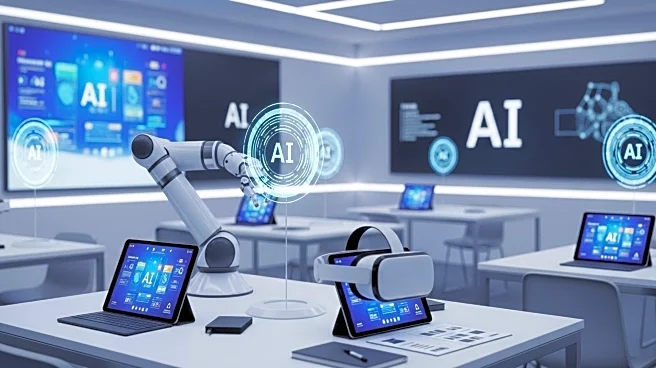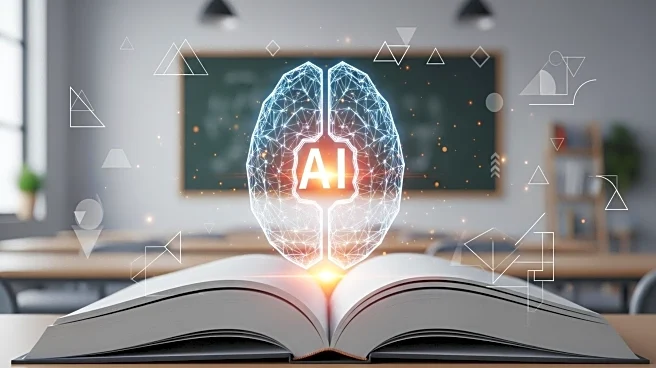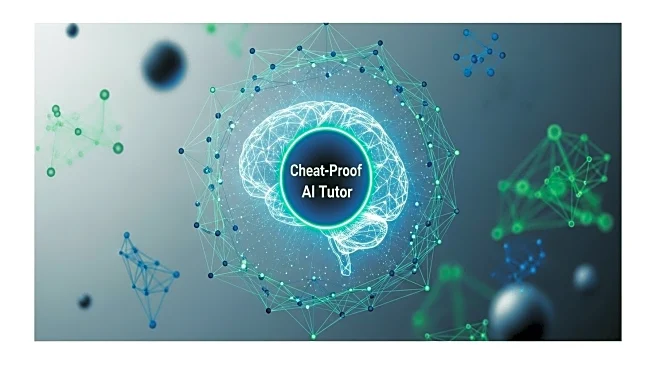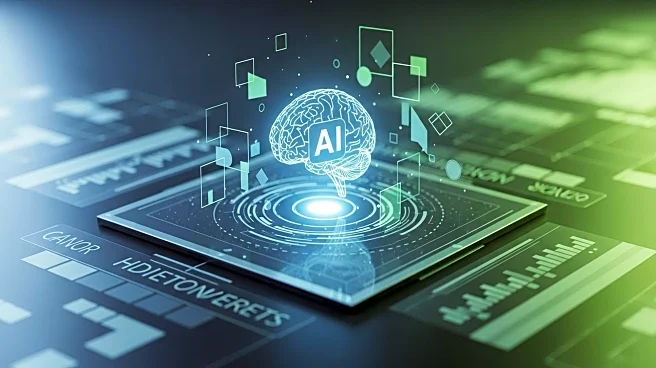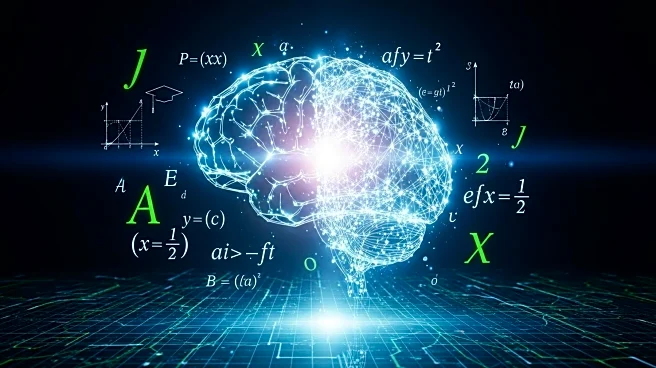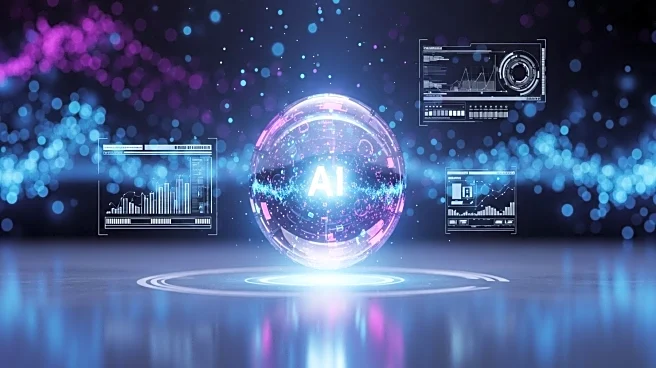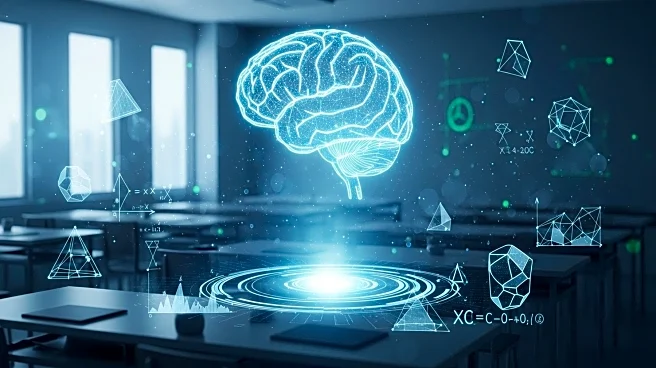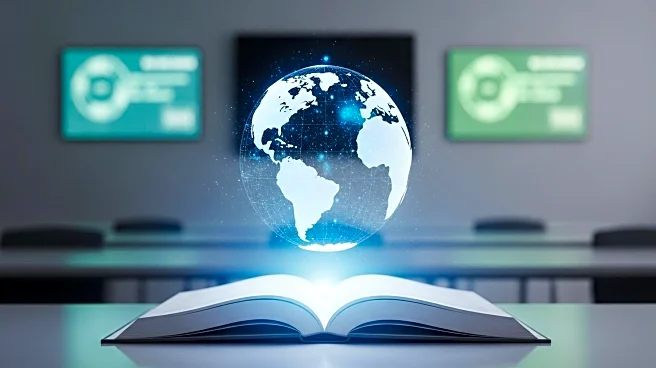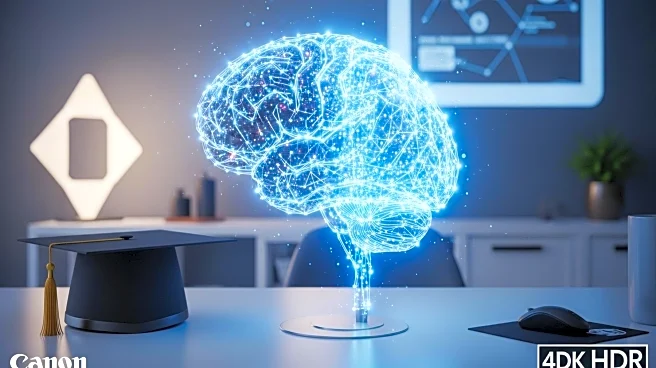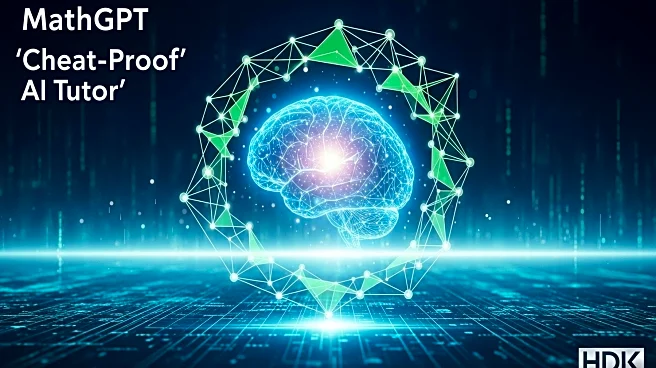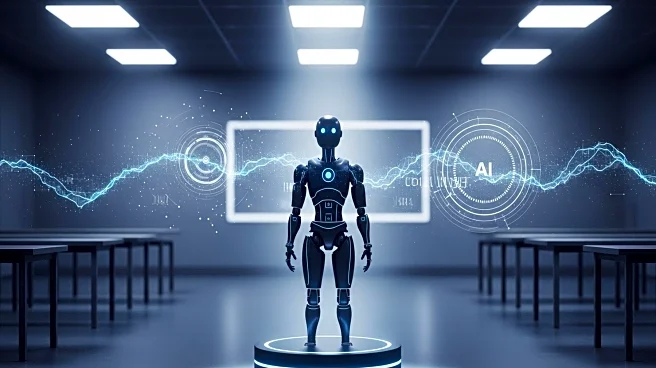What's Happening?
The integration of artificial intelligence (AI) in educational settings has significantly altered the landscape of high school and college education. With the release of ChatGPT in November 2022, students have increasingly relied on AI for writing essays, completing problem sets, and even generating curricula. This shift has been particularly evident among current high school and college seniors, who have had access to generative AI throughout their academic careers. The widespread adoption of AI by both students and faculty has transformed educational environments into more dynamic and, at times, chaotic spaces. Educators are grappling with the normalization of AI use, which has become a default tool for many students. This development has prompted discussions about the need for a redesign of educational practices to better integrate AI while maintaining critical thinking and practical skills.
Why It's Important?
The pervasive use of AI in education raises significant questions about the future of learning and teaching. As AI becomes a staple in academic settings, there is a growing concern about its impact on students' critical thinking and problem-solving abilities. The normalization of AI tools could lead to a reliance that diminishes these essential skills. Additionally, the shift towards AI-driven education may necessitate changes in curricula to incorporate more practical, skills-based learning. This could include new courses like AP Business and AP Cybersecurity, which aim to prepare students for a rapidly evolving job market. The challenge for educators is to balance the benefits of AI with the need to foster independent thinking and creativity in students.
What's Next?
As AI continues to influence education, schools and universities may need to rethink their approaches to teaching and learning. This could involve integrating more hands-on, practical experiences into the curriculum to complement AI-driven tasks. Educators might also explore ways to slow down the pace of work, allowing students more time to engage deeply with their studies. The development of a 'slow-school' movement could counteract the fast-paced, AI-driven environment, promoting a more deliberate and meaningful educational experience. These changes will require collaboration between educators, policymakers, and technology developers to ensure that AI enhances rather than hinders the educational process.
Beyond the Headlines
The integration of AI in education also highlights broader cultural and ethical considerations. The reliance on AI tools reflects a societal shift towards efficiency and productivity, often at the expense of deeper learning and understanding. This trend raises questions about the values and priorities of modern education systems. Additionally, the use of AI in education may exacerbate existing inequalities, as access to technology and digital literacy skills vary widely among students. Addressing these issues will be crucial to ensuring that AI serves as a tool for empowerment rather than a source of division.
